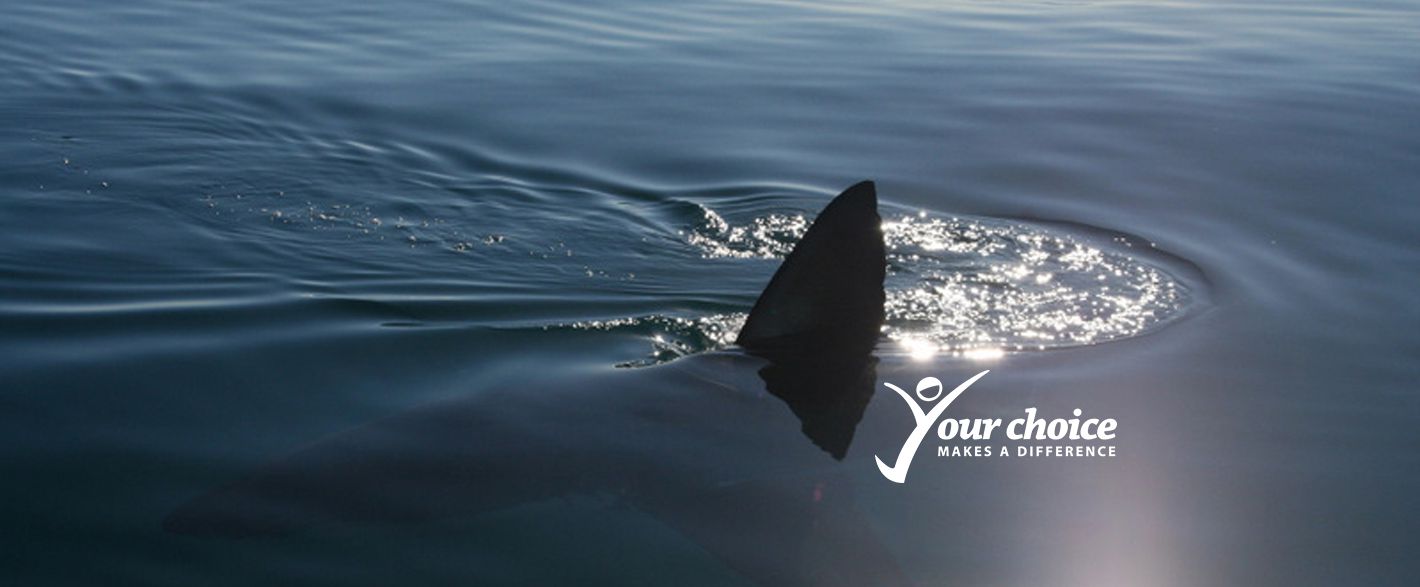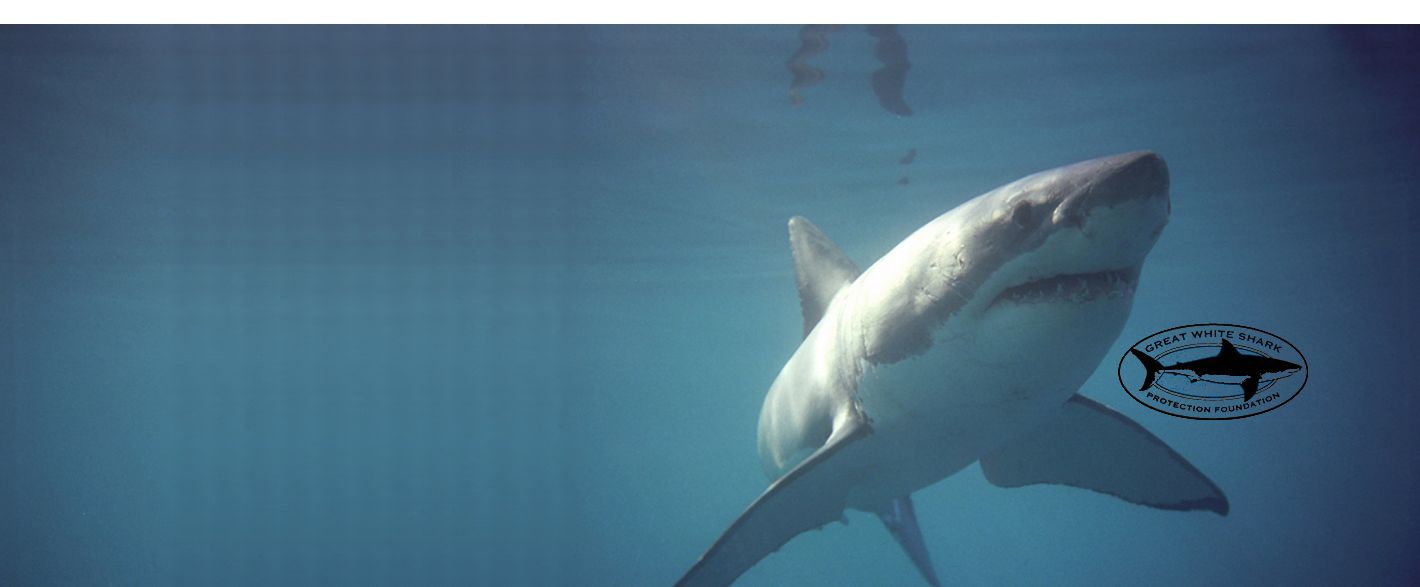Did you know?
- It is believed that there are less than 5 000 Great White Sharks left on the planet, and recent estimates suggest that 2 000 of these are to be found in South African waters, emphasising just how special our ecosystem is.
- The presence of sharks is a key indicator of the health of a system. South Africa boasts one of the largest concentrations of Great Whites and other shark species thanks to our prolific and diverse marine life and contrasting oceans.
- Great whites may have some of the fastest healing rates known in the animal kingdom, with incredibly strong tolerance to injury and illness. Cases have been recorded of sharks making a full recovery after being severely injured by boats or encounters with other marine animals.
- The Great white is one of the top predators in the world. They have one of the most developed sensory and visual systems of all fish species and are highly sensitive to vibrations and electrical impulses. These qualities, combined with their counter-shaded streamlined, torpedo-shaped bodies and powerful tails that enable them to slice through the water at speeds of up to 50 – 60 km per hour in short bursts, make them a most formidable hunter and an expert on surprise-attacks.
- They are partially warm-blooded to adapt to contrasting and extreme water temperatures. This enables these migrating animals to be equally at home in the cold waters of the Atlantic Ocean, the warmer Indian Ocean and tropical waters.
- Great Whites do not have that cold, staring fish-like onyx black buttons for eyes that most people think. Contrary to popular belief, their eyes rotate in their sockets and they are actually a stunning midnight blue! In good light one can clearly distinguish the circular pupil and dark iris ringed with a spectral hint of bright blue. They have no eyelids and roll the eyeballs back in their sockets to protect the vital front part of the eye from being scratched. Their highly developed visual system - in certain aspects more advanced than our own! - enables them to see perfectly in day or night light and their retinas are particularly sensitive to contrast and motion.
- They are migratory animals and can travel vast distances in short periods of time. One has been tracked swimming from Dyer Island to Australia's north-west coast and back - a journey of 20 000 km - in 9 months! Despite this, experts are not sure why, when and where they travel.
- Great Whites only reach maturity between the ages of 15 – 20 years. Nobody has ever witnessed a Great White mating or giving birth in the wild, but we do know that they are born live and that the new born pup is self-sufficient at birth. They are ovoviparous, which means the eggs are fertilised in the female's uterus, where they also develop and hatch while still in the womb. After a gestation period thought to be 12 - 18 months, the females may give live birth to 2-8 fully formed pups measuring between 1,2 and 1,6m.
- Great whites have up to 300 serrated, triangular teeth arranged in several rows. When they lose or damage a tooth, it is replaced by a new one throughout their life. It is believed that a Great white may use and lose up to 30 000 teeth in its lifetime.
- They are selective carnivorous feeders. They hunt and feed on a wide variety of fish, seals, sea lions and even dolphins.








